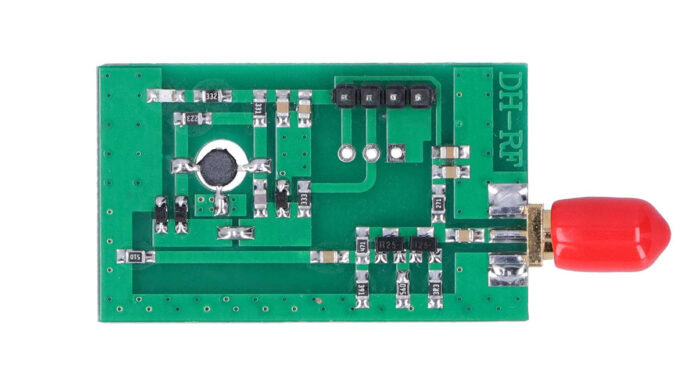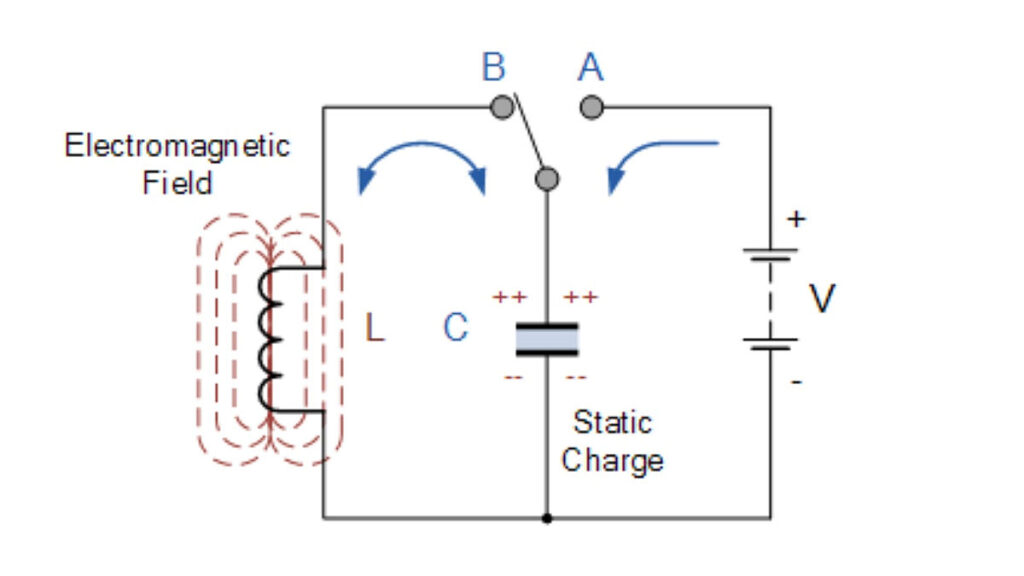Building A Prox Alarm Sensor Using Any Metal Object.
Building A Prox Alarm Sensor – Is it true you can build a proximity alarm ‘sensor’ using metal objects in any environment?
Yes, you can build an alarm sensor using any object that conducts – it may be a doorframe, or a metal fence, even a shrub. These proximity alarm sensors function when an intruder comes close to what is essentially an inductive antenna that operates through capacitive loading.
The alarm circuit functions when an RF oscillator is set so it’s only just maintaining oscillation – there would need to be an endlessly charging capacitor in the circuit – and an attached antenna designed in a way that makes it part of the tank circuit’s inductive coil – you’d ground the 12V DC supply line.
Building A Prox Alarm Sensor
What we’re describing here is a tuned LC oscillator circuit comprising an inductor (L) and a capacitor (C) connected to form a resonator. That inductor is what you’d be using as your sensor. Operationally, charge flows between the capacitor’s plates via the inductor, with the tuned circuit storing energy oscillating at its resonant frequency.
Meanwhile, a capacitor stores energy to compensate for the circuit’s resistive energy losses. It’s a fairly simple circuit design but there are going to be plenty of variables to contend with, including managing that vague phrase ‘resistive energy losses’.
In terms of detection, when there’s an increase in antenna-to-ground capacitance, such as would occur when an intruder approaches or contacts the antenna, there’s going to be enough damping of the LC tank circuit to pinch out oscillator operation, cutting the AC sine wave the oscillator is producing so an alarm can be sounded.
We’ve never built this circuit but think it would be far more reliable internally than externally. There are also going to be questions around possible amplification of gain, location and sizing of the capacitor and event detection and signalling that will need answering. Anyone who knows more please weigh in below.
You can learn more about LC oscillators here or read more SEN news here.
“Building A Prox Alarm Sensor Using Any Metal Object.”









Sounds a lot like an IEI E16
It does!